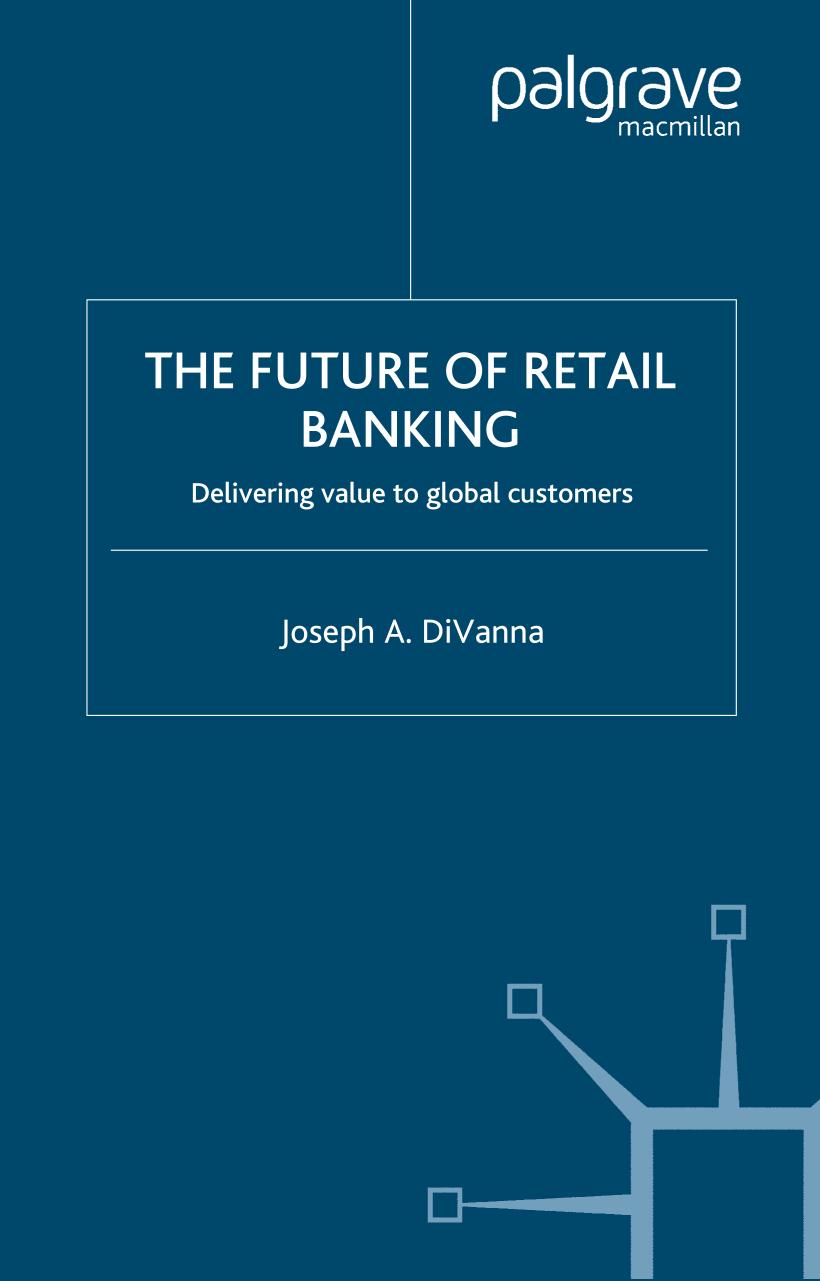

Most ebook files are in PDF format, so you can easily read them using various software such as Foxit Reader or directly on the Google Chrome browser.
Some ebook files are released by publishers in other formats such as .awz, .mobi, .epub, .fb2, etc. You may need to install specific software to read these formats on mobile/PC, such as Calibre.
Please read the tutorial at this link. https://ebooknice.com/page/post?id=faq
We offer FREE conversion to the popular formats you request; however, this may take some time. Therefore, right after payment, please email us, and we will try to provide the service as quickly as possible.
For some exceptional file formats or broken links (if any), please refrain from opening any disputes. Instead, email us first, and we will try to assist within a maximum of 6 hours.
EbookNice Team

Status:
Available4.5
29 reviewsPreface
This book is not designed as a prediction of the future, but rather as a
reflection on how banks from many different parts of the world are preparing
for the future. As a reader, you will notice the number of smaller banks,
regional banks and lesser-known financial services companies from all parts of
the world referenced in this text; this is not to demonstrate a superior
capability, product or offering but to illustrate the diversity in the global
tapestry of retail banking. I used these institutions to illustrate banking
services because, as a reader, I myself think that many of the more traditional
examples of large international banks have been overused by other authors in
the last few years. However, many of these firms do indeed have valuable
lessons to teach large and small banks.
The intention of this book is to stimulate an understanding of the
metamorphosis that is happening within the retail
banking industry at this time. One must consider while reading this book that
the traditional operations of banking have to be reconsidered, rethought and
revitalized not only because technology makes new services and products
possible, but also because of the new opportunities that technology brings in
terms of value to customers and shareholders. Because I believe that more
lessons may be learned from the mistakes that companies make than from their
successful stories, I have examined several case studies of financial services
blunders. To preserve companies’ confidentiality, I have omitted their
identities in the case of blunders, whereas I identified them by name and
product name in the case of good examples of products, services and the
application of technology.